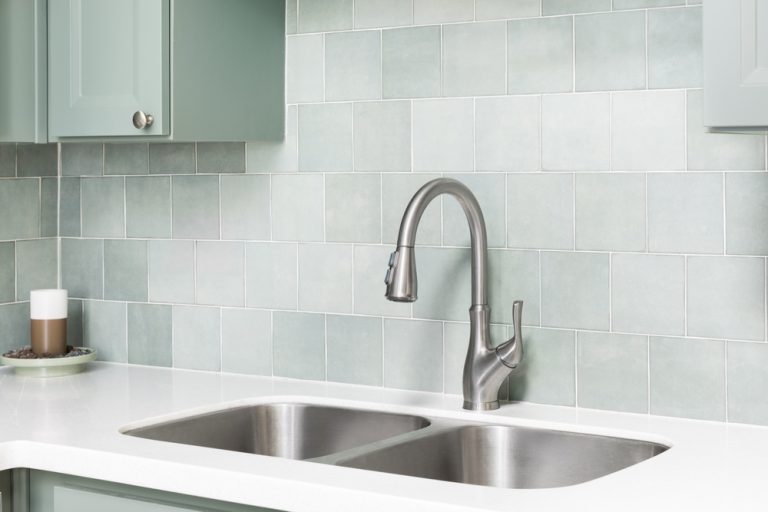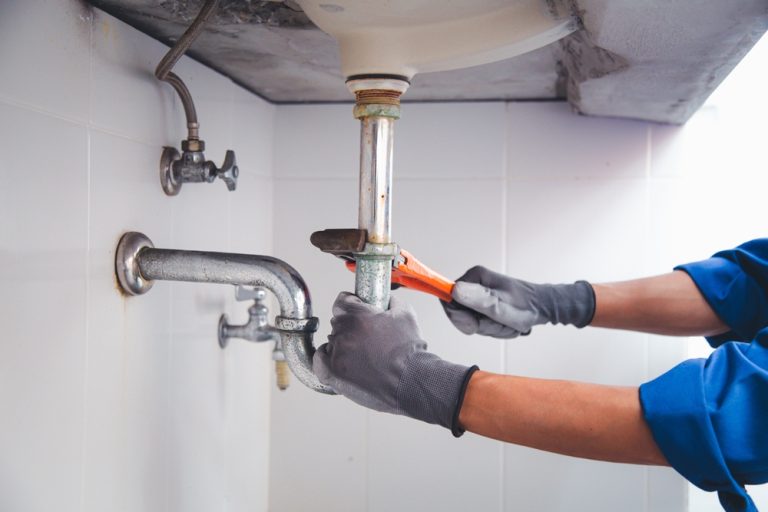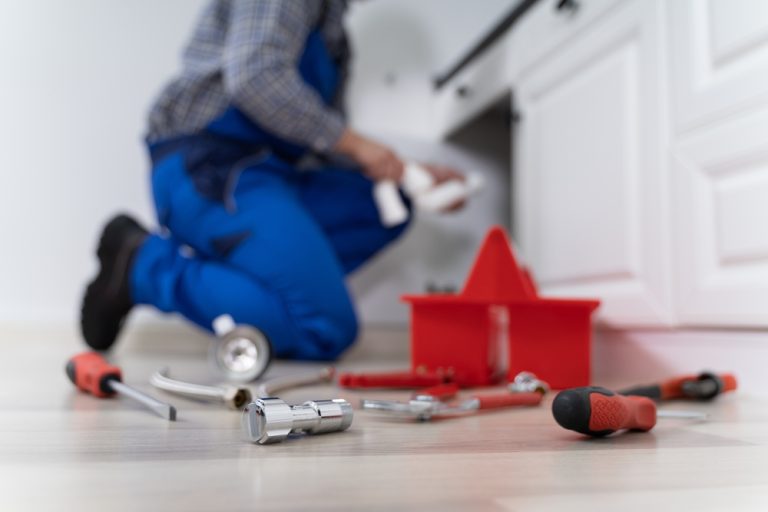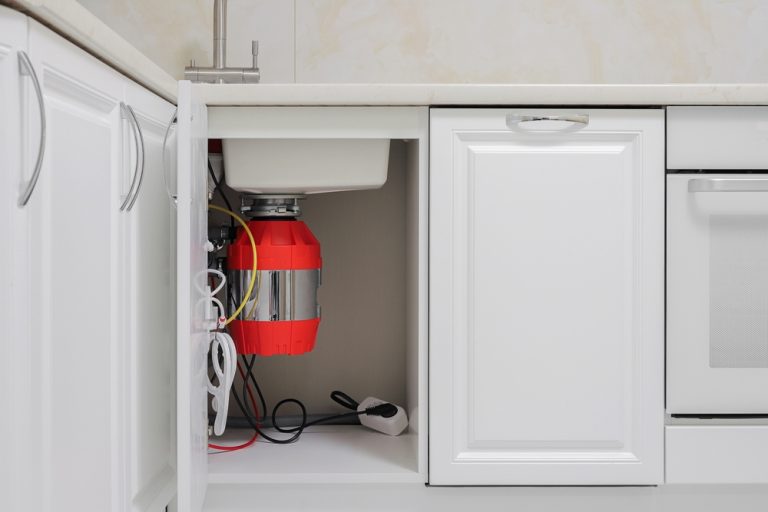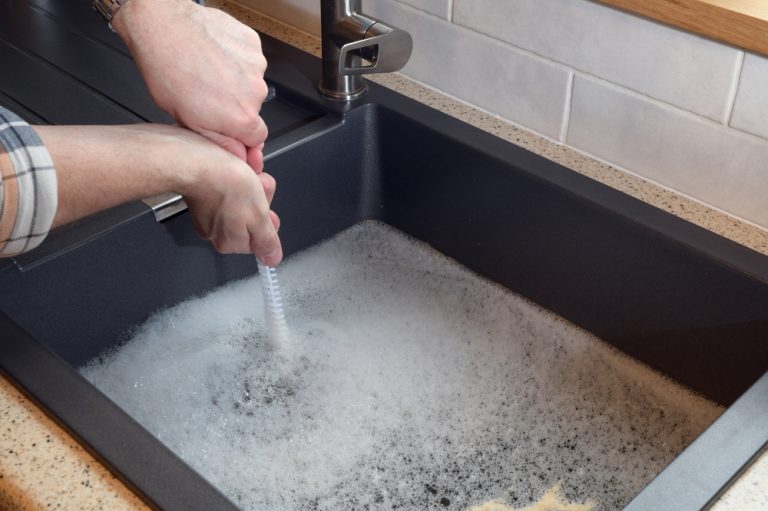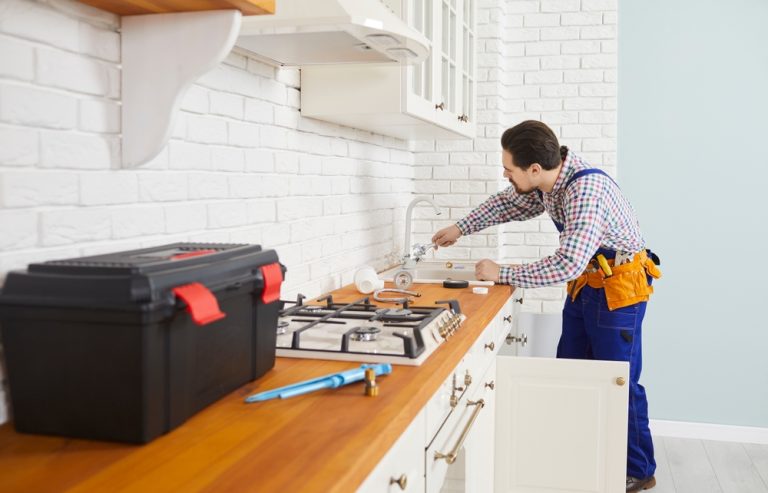How Does a Sink Work?
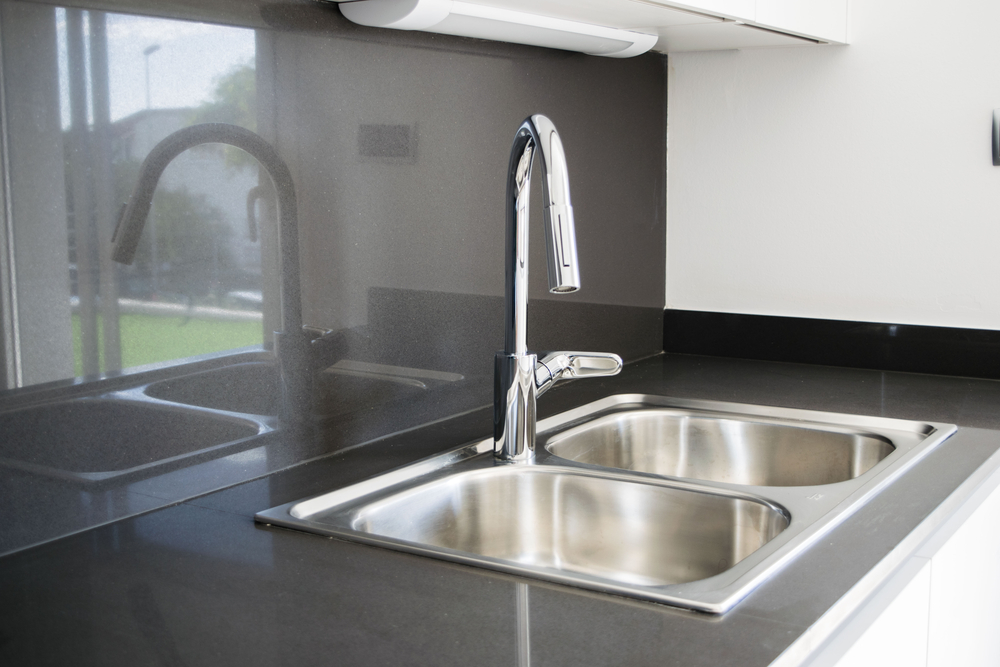
A sink is a crucial component of any kitchen or bathroom, but have you ever wondered exactly how does a sink work? Understanding the mechanics behind your sink can help you troubleshoot common issues, maintain your plumbing system, and even appreciate the engineering that goes into this everyday fixture.
In this guide, we’ll break down the components and processes involved in how a sink works, from the moment you turn on the faucet to the water draining away.
The Anatomy of a Sink
Before diving into the specifics of how a sink works, it’s essential to understand the various components that make up a sink. Each part plays a critical role in ensuring the smooth operation of this vital fixture.
Faucet
The faucet is the main point where water enters the sink. It’s connected to the home’s plumbing system, allowing you to control the flow and temperature of the water with handles or levers.
Most faucets include an aerator at the tip, which mixes air with the water. This reduces water flow without sacrificing pressure, saving water and energy.
Sink Basin
The sink basin is the bowl-shaped part where water collects. It’s typically made from materials like stainless steel, porcelain, or composite materials and is designed to contain water and direct it towards the drain.
Sink basins come in various shapes and sizes, including single, double, and even triple basins. The design and depth of the basin can influence how effectively it handles different tasks, such as washing dishes or rinsing produce.
Strainer Basket
The strainer basket sits at the bottom of the sink basin and covers the drain hole. Its primary function is to prevent large debris, such as food particles or hair, from entering the drain and causing clogs.
Regularly cleaning the strainer basket can help prevent blockages and maintain efficient drainage.
Drain and P-Trap
The drain is the pathway through which wastewater exits the sink. It’s connected to the P-trap, a curved pipe that plays a crucial role in the plumbing system.
The P-trap is designed to trap water in its curve, creating a seal that prevents sewer gases from rising into the home. It also catches small objects that may accidentally fall down the drain, making them easier to retrieve.
Water Supply Lines
Water supply lines deliver hot and cold water from the home’s plumbing system to the faucet. These lines are typically made from copper, PEX, or braided stainless steel.
Each water supply line has a shut-off valve, allowing you to stop the flow of water to the sink without affecting the rest of the house. These valves are essential for maintenance and emergency repairs.
Also Read – How to Plumb a Double Sink?
How Does a Sink Work? The Water Flow Process
To understand how a sink works, it’s helpful to follow the journey of water as it flows from the faucet into the basin and down the drain.
Turning on the Faucet
Water Release: When you turn on the faucet, you open a valve that allows water to flow from the supply lines into the faucet. The faucet controls the mix of hot and cold water, allowing you to adjust the temperature to your preference.
Water Pressure: Water pressure in the supply lines pushes the water through the faucet and into the sink basin. The aerator helps control the flow rate, reducing splashing and conserving water.
Water Collecting in the Basin
Containment: As water flows from the faucet, it collects in the sink basin. The basin’s design ensures that water stays contained and directed towards the drain.
Overflow Protection: Many sinks are equipped with an overflow hole located near the top of the basin. This feature prevents the sink from overflowing if the drain becomes clogged, directing excess water back into the plumbing system.
Water Draining from the Basin
Flow to the Drain: Once the water is used, it flows towards the drain, passing through the strainer basket. The basket catches large debris, while the water continues down the drainpipe.
Entering the P-Trap: The water then enters the P-trap, where it flows through the curved section of the pipe. The P-trap holds a small amount of water at all times, which prevents sewer gases from escaping into the home.
Exiting the Home: After passing through the P-trap, the wastewater continues through the drainpipes and eventually exits the home via the main sewer line or septic system.
The Role of Air and Venting in a Sink’s Operation
Air and venting are crucial elements in how a sink works. Proper venting ensures that water flows smoothly through the pipes and prevents common plumbing issues.
The Importance of Venting
Preventing Airlocks: Venting allows air to enter the plumbing system, preventing airlocks that can cause water to drain slowly or stop altogether. Without proper venting, the water flow can be disrupted, leading to backups and gurgling sounds.
Maintaining Pressure: Vent pipes help maintain the correct pressure in the plumbing system, ensuring that water flows efficiently through the drainpipes.
How Venting Works
Connection to the Drain Pipe: The vent pipe is typically connected to the drainpipe and extends vertically through the walls and roof of the home. It allows air to escape from the plumbing system, preventing pressure buildup.
Air Admittance Valves: In some cases, air admittance valves (AAVs) are used instead of traditional vent pipes. These valves allow air to enter the system without letting sewer gases escape.
Common Issues and Troubleshooting
Even though sinks are designed to work efficiently, various issues can arise over time. Understanding how a sink works can help you troubleshoot and resolve these problems.
Slow Draining Sink
Clogged Drain: A slow-draining sink is often caused by a clog in the drainpipe or P-trap. This can be due to a buildup of debris, grease, or soap scum. Regular cleaning of the strainer basket and using a drain cleaner can help prevent clogs.
Venting Issues: If the vent pipe is blocked or improperly installed, it can cause slow drainage. Ensuring that the vent is clear and properly connected can resolve this issue.
Leaking Sink
Worn Seals or Gaskets: Leaks can occur if the seals or gaskets around the faucet, strainer basket, or P-trap wear out or become damaged. Replacing these components can stop the leak.
Loose Connections: Loose connections in the plumbing system can also cause leaks. Tightening the connections or using plumber’s tape to seal threaded joints can help prevent water from escaping.
Noisy Drain
Gurgling Sounds: Gurgling sounds from the drain are often caused by improper venting. Ensuring that the vent pipe is clear and correctly installed can eliminate these noises.
Water Hammer: If you hear a banging noise when you turn off the faucet, this could be due to water hammer, a condition caused by a sudden change in water pressure. Installing a water hammer arrestor can resolve this issue.
Faucet Issues
Low Water Pressure: Low water pressure can be caused by clogged aerators, mineral buildup in the pipes, or issues with the water supply lines. Cleaning the aerator and checking the supply lines can help restore normal water pressure.
Dripping Faucet: A dripping faucet is often due to worn-out washers or O-rings. Replacing these components can stop the drip and prevent water waste.
Maintenance Tips for a Smooth-Running Sink
To keep your sink working efficiently, regular maintenance is key. Here are some tips to help you maintain your sink and prevent common issues:
Clean Regularly
Wipe Down the Basin: Regularly clean the sink basin with mild soap and water to remove food particles, grease, and stains. This prevents buildup that can lead to clogs or damage.
Clear the Strainer Basket: Remove and clean the strainer basket regularly to prevent debris from entering the drainpipe and causing clogs.
Inspect for Leaks
Check for Drips: Periodically check for leaks around the faucet, drain, and P-trap. Addressing leaks early can prevent water damage and reduce water waste.
Tighten Connections: Ensure that all plumbing connections are tight and secure. Loose connections can lead to leaks or reduced water pressure.
Maintain the P-Trap
Clear the P-Trap: If you notice slow drainage, consider removing and cleaning the P-trap to clear out any debris or buildup. This can improve drainage and prevent odors.
Check for Water: Ensure that the P-trap always contains water to maintain the seal that prevents sewer gases from entering the home.
Conclusion
Understanding how a sink works provides valuable insights into maintaining this essential household fixture. From the moment you turn on the faucet to the water flowing down the drain, each component of the sink plays a crucial role in its operation. By knowing how these parts work together, you can troubleshoot issues, perform regular maintenance, and ensure your sink remains efficient and reliable.
Whether you’re dealing with a slow-draining sink, a leaking faucet, or just curious about the inner workings of your kitchen or bathroom sink, this guide provides the knowledge you need to keep your plumbing system in top shape.

